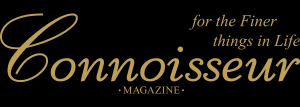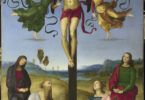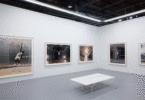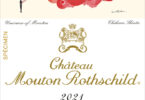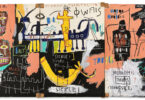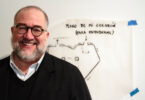LOS ANGELES—Since opening its doors in 1997, the Getty Center has welcomed more than 20 million visitors and become a cultural destination that has played a key role in helping Los Angeles become an important leader in the arts.
Leave a Comment
You must be logged in to post a comment.
